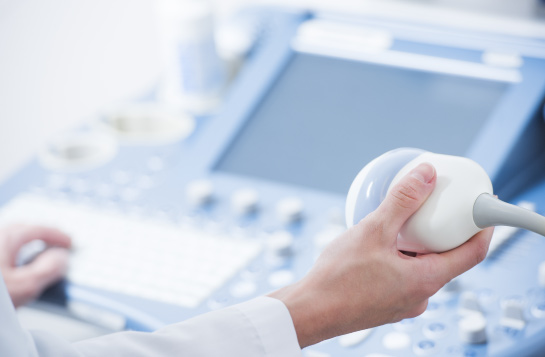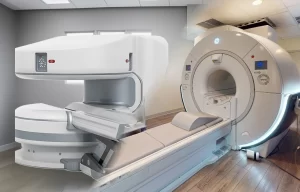Ultrasound is widely recognized for its numerous benefits, making it a preferred method for new and experienced physicians. Its non-invasive nature reduces the need for surgical procedures and offers a cost-effective and comfortable option for medical assessment.
Non-Invasive:
The non-invasive nature of ultrasound is highly advantageous for several reasons. It eliminates surgery risks, radiation exposure, and postoperative discomfort. Unlike MRIs, ultrasound does not require incisions or injections, making it a more convenient and safer choice.
Ultrasound is an invaluable tool for imaging internal organs. X-rays are great for imaging bones and hard tissues, but ultrasound is better for visualizing soft tissues, including the lining of the lungs and blood vessels and the surrounding organs like the heart. Moreover, it aids in detecting conditions like liver fibrosis resulting from inflammation.
Therapeutic ultrasound employs sound waves above the human hearing range to target and treat diseased tissues, such as with High-Intensity Focused Ultrasound (HIFU). This method is non-invasive and safe, making it suitable for use during pregnancy without risks to the mother or unborn child.
A non-invasive ultrasound procedure is generally well-tolerated by patients and typically lasts 15 to 30 minutes. Although some individuals may experience mild discomfort afterward, it is short-lived and generally fades quickly.
An ultrasound technician applies water-soluble gel to the examination area during the procedure and moves a handheld transducer to create internal body images. Doctors may ask patients to remain still or hold their breath briefly for short periods. After completion, the technician removes the gel from the skin.
Non-Ionizing Radiation:
Ultrasound treatment utilizes non-ionizing radiation, which differs from ionizing radiation found in X-rays and has no potential to cause cancer or alter the body’s atoms and molecules. Non-ionizing radiation can cause harm to tissues and interfere with electrical devices such as artificial heart pacemakers. Non-ionizing radiation can cause harm to tissues and interfere with electrical devices such as artificial heart pacemakers.
The use of non-ionizing radiation in medical applications, including ultrasound and MRI, is regulated by global bodies like UNIRSIG to ensure adherence to current regulations and best practices. Other examples of non-ionizing radiation applications include fiber optics and magnetic resonance scanning.
While ultrasound has proven beneficial for detecting congenital malformations during pregnancy, more research is needed to determine the potential risks of ultrasound treatment during pregnancy, its effects in the womb, and the impact of ultrasound and contrast media on infants.
Convenience:
Ultrasound scans are painless and provide quick results, making them an excellent choice for assessing fetal health during pregnancy. Trained technologists apply gel to the skin and use a transducer to produce images when sound waves bounce off body structures. Doctors can print these images or store them electronically. As ultrasound employs sound waves, there is no risk of long-term exposure, making it safe for women and children.
Ultrasound scans help diagnose various medical issues and are commonly recommended at least once during pregnancy to track fetal development throughout the nine months and possibly reveal the biological sex of the fetus.
The typical ultrasound study, performed by a certified radiologist, lasts about 30 minutes to an hour. While ultrasound is generally safe, following the physician’s instructions is essential, especially concerning necessary preparations.
Cost:
Ultrasound costs can vary significantly depending on location and provider. Health insurance coverage may offset expenses, but uninsured individuals may need to pay the entire cost or negotiate with the provider. Diagnostic ultrasounds are generally more expensive than therapeutic ones, and hospital charges are usually higher than private outpatient facilities.
When purchasing an ultrasound machine, one should consider additional costs, such as training and installation. Some suppliers include basic installation and training, but detailed training may require a specialist at an additional cost.
Ultrasound machines also necessitate various consumables like transmission gel, pads, and lotions, which add to the overall expenses. It is essential to check with the health insurance provider and discuss options with healthcare professionals to determine coverage and costs.
At Tesla MRI, we have an open MRI and take same day and cash patients. Call 833 TESLA-MRI for more information.




